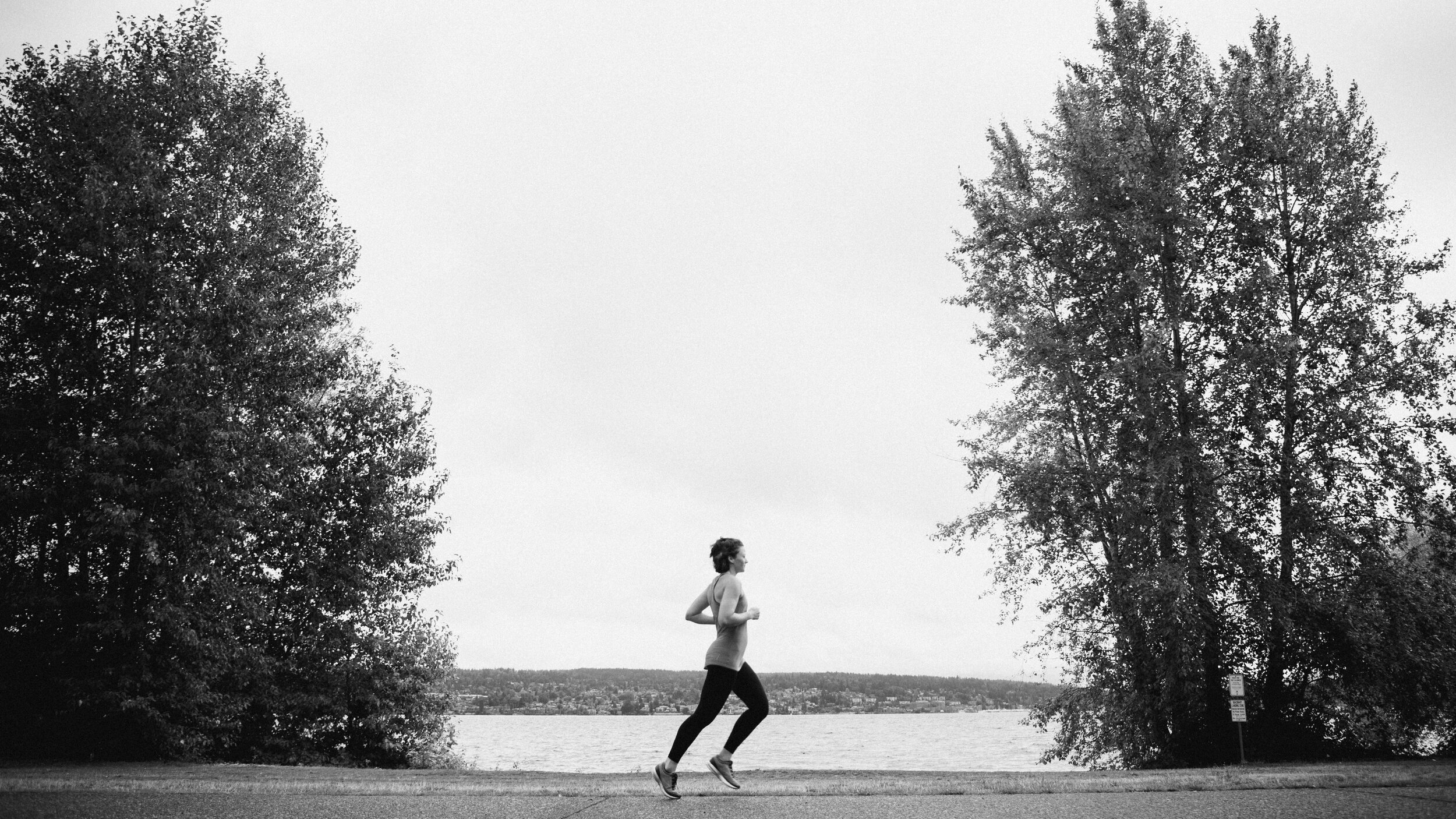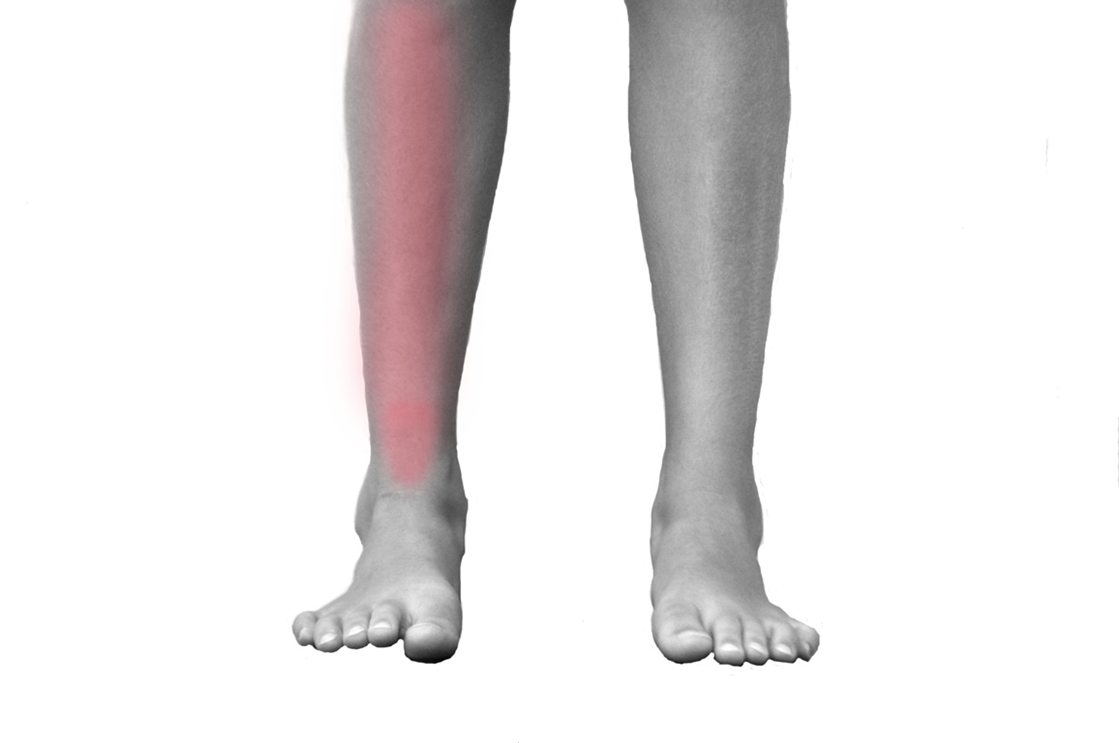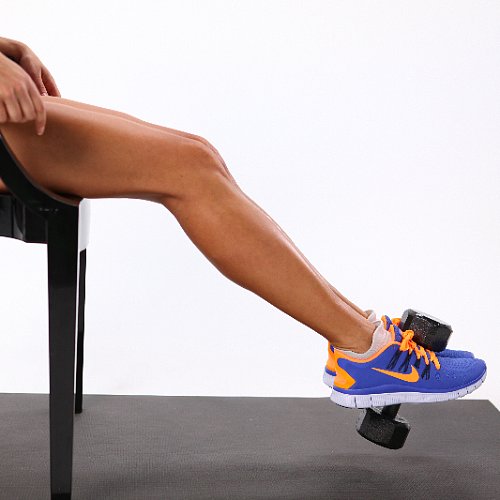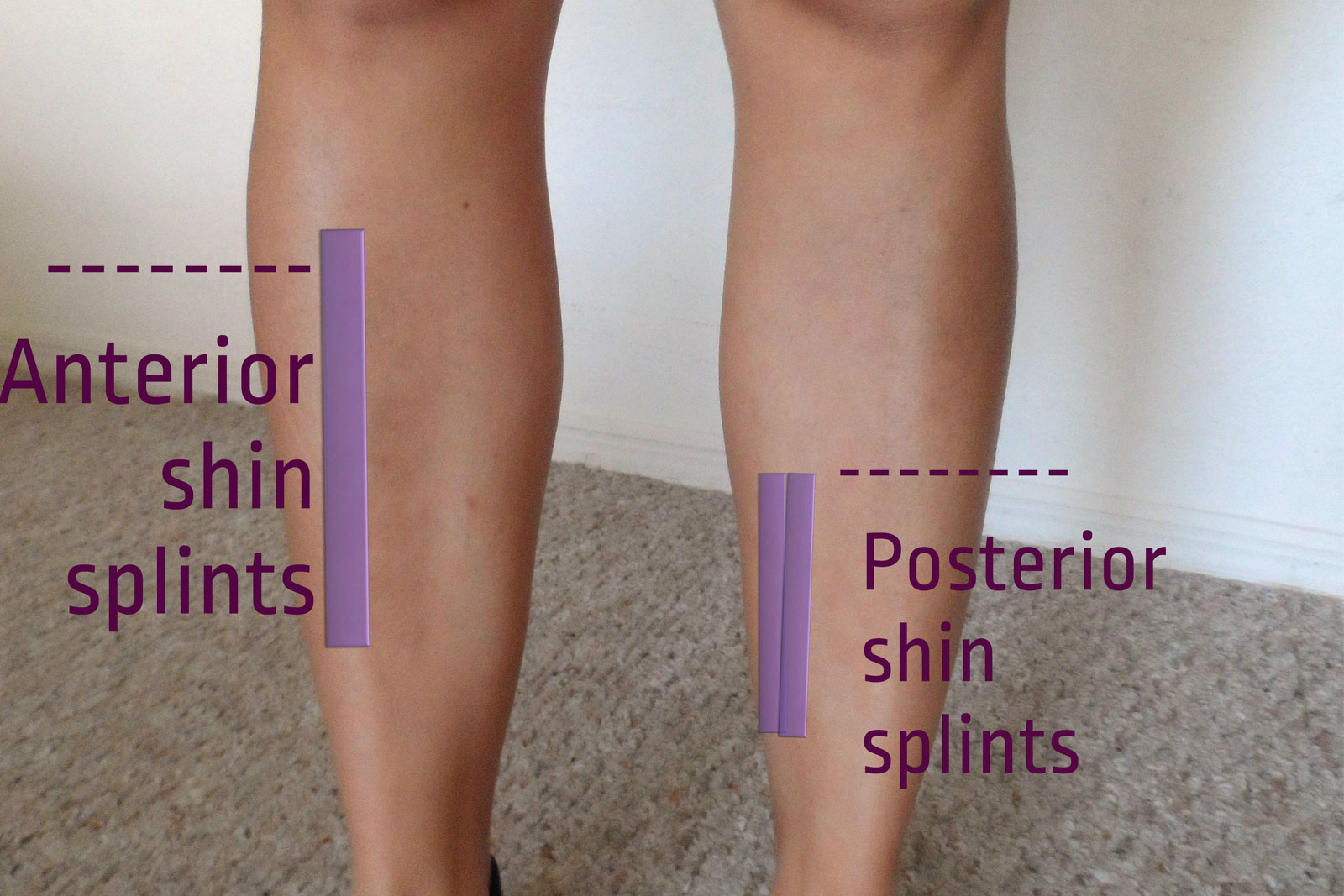Exemplary Tips About How To Combat Shin Splints

Ice four to eight times a day for several days until shin.
How to combat shin splints. Are shin splints slowing you down? Shin splints, medically known as medial tibial stress syndrome, are a common issue among athletes, affecting an estimated 35% with pain in the lower leg. Shin splints refer to pain and tenderness along or just behind the large bone in the lower leg (the tibia).
Health & fitness guide. Use a foam roller. Ice helps relieve the swelling and pain of shin splints.
As the name suggests, shin splints occur in the shins along the shin bone (tibia) and muscle (the anterior tibialis). How are shin splints caused?. Wrap them in a towel and don’t place ice directly on your skin.
Medically reviewed by poonam sachdev on october 12, 2022. How to get rid of shin splints. Medically reviewed by zilpah sheikh, md on october 31, 2023.
Health & injuries. You can also apply cold packs, take medicines, such as ibuprofen, and wear good fitting athletic shoes. How to do stretches for shin splints.
Let your body be your guide. Updated on january 03, 2024. The term shin splints describes pain felt along the inner edge of your shin bone.
You may feel a stretch just keeping the body upright in this position. Shin splints are common in athletes such as runners and dancers. Everything you need to know to prevent and treat shin splints.
Start in a kneeling position with the body upright and the hips planted on top of your heels. Medically reviewed by mohamad hassan, pt. Published on july 06, 2022.
The tops of your feet should face down (in contact with the mat or the floor). Hold for 15 seconds, then stretch the other side. Apply a cold compress to your shins every 10 to 20 minutes, three to four times a day, for a few days.
You probably need rest if you feel pain, but these fueling and training strategies can also. Shin splints often occur in people engaging in. Shin splints are very much an injury that results from repeated trauma to tissues that aren’t sufficiently built up to withstand an increase of mileage and/or speed in your running workouts.


















